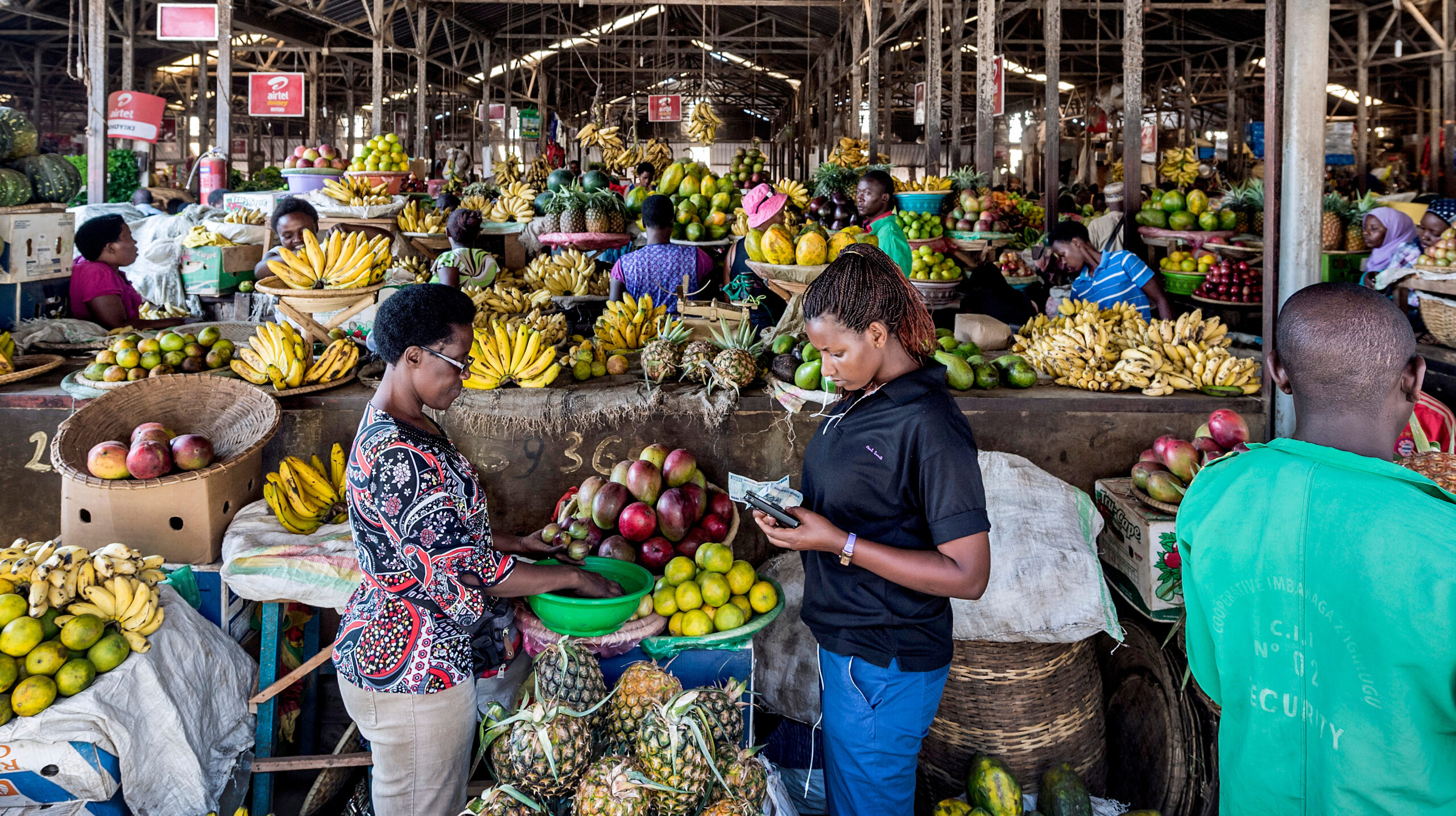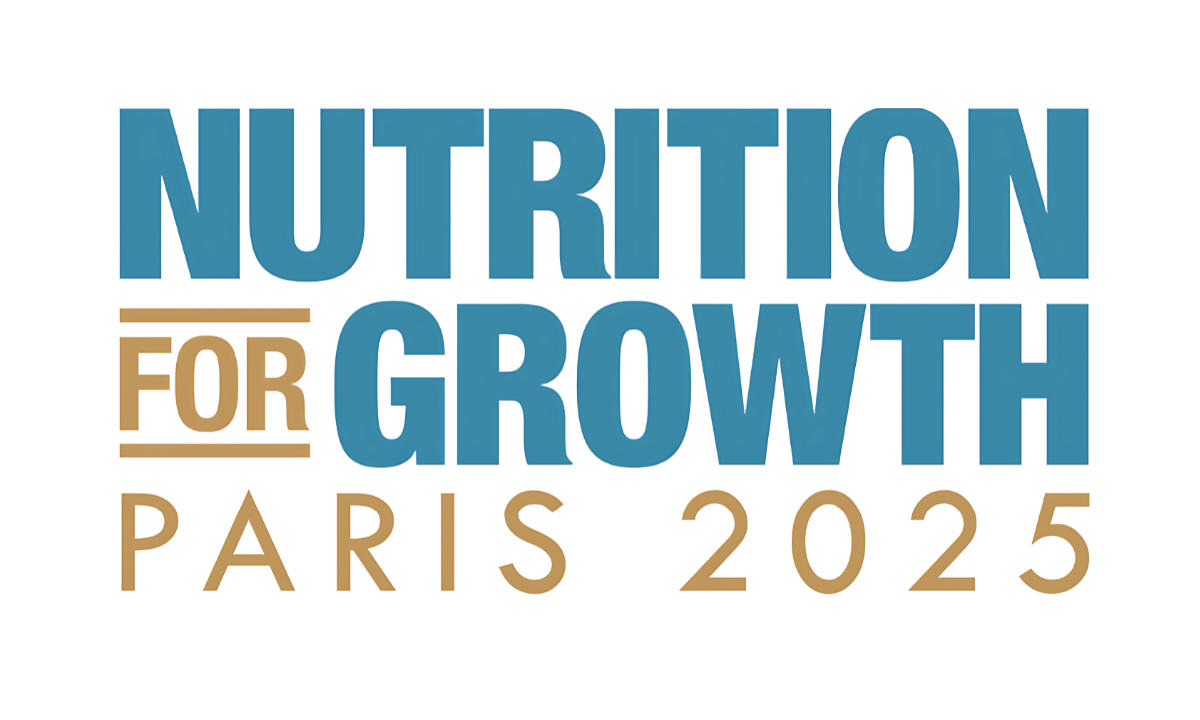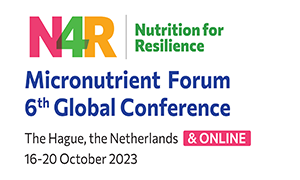Publications

Journal Article
Storage management practices and mycotoxin contamination of sorghum (Sorghum bicolor) in northwest Ethiopia

Journal Article
Protocol: Food environment, food choice, diets, and nutrition outcomes of pastoralists in Africa: Scoping review protocol

Journal Article
Dietary diversity, eating habits, dietary patterns, food choice, and associated factors among adolescent girls: A convergent parallel mixed-method study in the Mion District of Ghana
Blogs

Global Food Policy Report 2024: Leveraging plant-source foods for sustainable healthy diets
Integrating more fruits, vegetables, and other high-quality crops into food systems.

World Food Day 2024: The critical role of healthy diets for realizing the right to food
IFPRI’s 2024 Global Food Policy Report on a key paradigm shift.
Events

IFPRI @ CGIAR Science Week
When humanity has faced its greatest challenges, science and innovation have provided solutions. Today, major and connected global challenges threaten the sustainability of food, land, and water systems, with the most vulnerable people and communities at greatest risk. Recognizing the urgency of these challenges, CGIAR and the Kenyan Agricultural and Livestock Research Organization (KALRO) are […]

IFPRI @ Nutrition for Growth (N4G) Summit 2025
IFPRI is pleased to participate in the Nutrition for Growth (N4G) Summit 2025. The 2025 conference will be held in Paris, France and will focus on driving global action against malnutrition by bringing together stakeholders from various sectors to generate political and financial commitments to improve nutrition worldwide, with a particular focus on placing nutrition […]

Micronutrient Forum: 6th Global Conference
Hybrid Conference: October 16, 2023 – 8:30 AM to October 20, 2023 – 5:00 PM CEST. IFPRI is pleased to participate in this year’s Micronutrient Forum 6th Global Conference, being held at the World Forum in The Hague October 16–20, with a focus on “Nutrition for Resilience (N4R).




